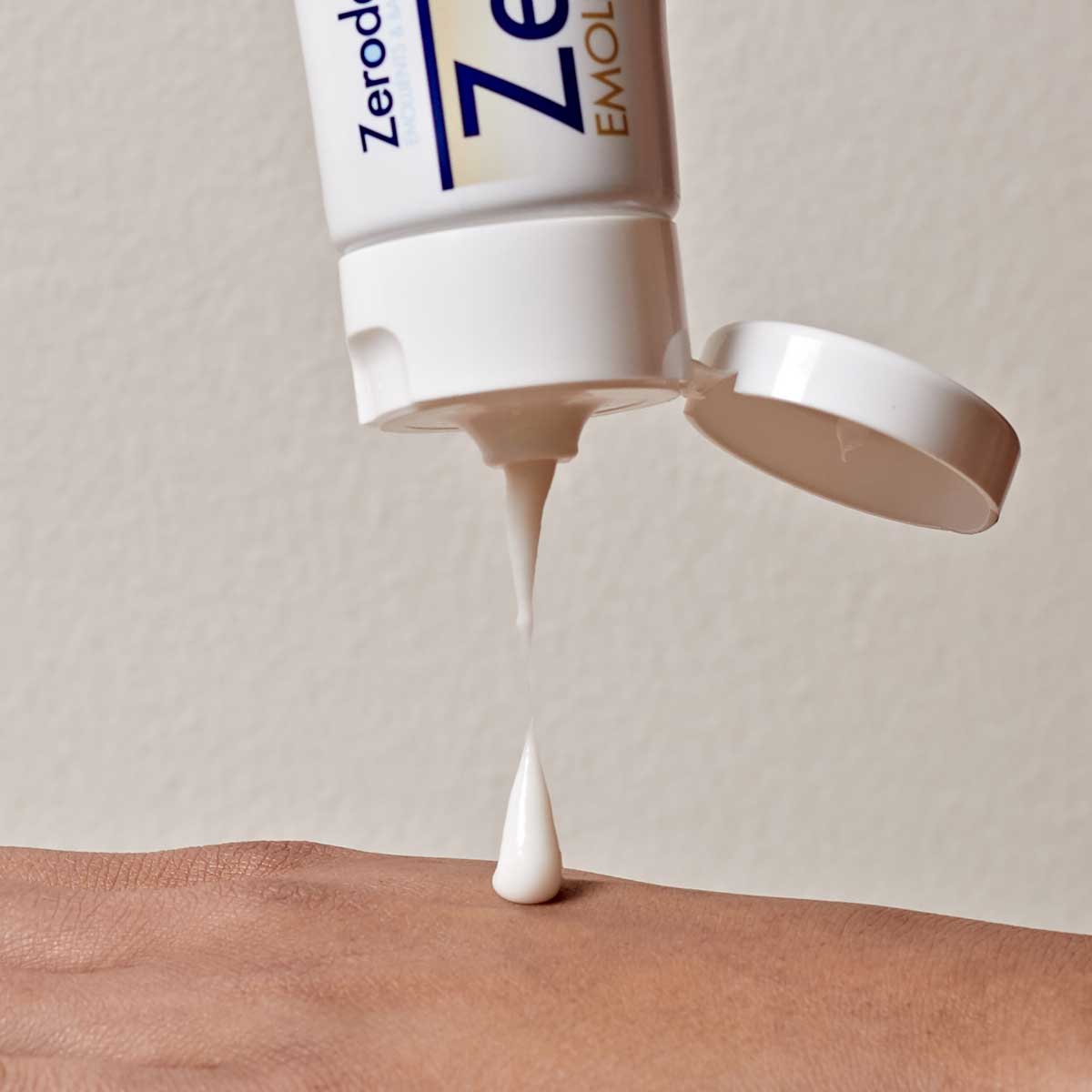Download our Eczema leaflet for more information and advice!
Eczema

About eczema
Eczema is a common dry, itchy skin condition that can affect up to 15-20% of children by the age of 7 and between 2-10% of adults.1 People that have Eczema often suffer from inflammation, itching and soreness and it can occur more frequently at certain times of the year. Eczema can run in families, and around 75% of children ‘grow out of it’ by the time they are teenagers,2 but if not, there are products available to help manage the condition.

Managing eczema
Eczema can be managed with moisturisers known as emollients. Emollients are medical moisturisers, which soften and soothe dry skin. Emollients create an artificial layer on the skin to trap moisture in the surface of the skin, as well as attracting moisture to the skin surface. There are many different types of emollients and you can find out more about them here.
Eczema can flare up which can be caused by changes in the environment, stress or other triggers. When Eczema flares up, it is important to pay special attention to your skin and keep it hydrated with regular use of emollients. If you’re experiencing a flare-up, speak to your healthcare professional about which products may be right for you.
Tips for managing eczema
Work with your healthcare professional to find emollient products for moisturising your skin and washing. Agree a treatment routine that works for you and try to stick to it every day, even if you are not experiencing symptoms.
Moisturise your entire body at least twice a day (paying particular attention to areas of dry skin) – you can apply more frequently whenever the skin is dry. Use long, smooth, soothing strokes (in the direction of hair growth). Do not rub the skin forcefully and allow the emollient to soak in over time.
Overheating can be a trigger for eczema so try and keep cool and wear cotton clothing in summer
Take a small pot of moisturiser with you when you’re out of the house and remember to moisturise dry and itchy areas during the day.
If you are prescribed additional treatments for your Eczema, allow a 20-30 minute gap between applying emollients and other products that you apply directly to your skin3
Download our eczema leaflet
Our leaflet gives you information on Eczema and advice around how it can be managed.

Further information
References
- Simpson C, Newton J, Hippisley-Cox J, Sheikh A. Trends in the epidemiology and prescribing of medication for eczema in England. JRSM. 2009;102(3):108-117.
- Santer Miriam, Lewis-Jones Sue, Fahey Tom. Childhood eczema BMJ 2005; 331 :497
- Moncrieff G, van Onselen J, Young T. The role of emollients in maintaining skin integrity. Wounds UK. 2015; 11(1):70-75.